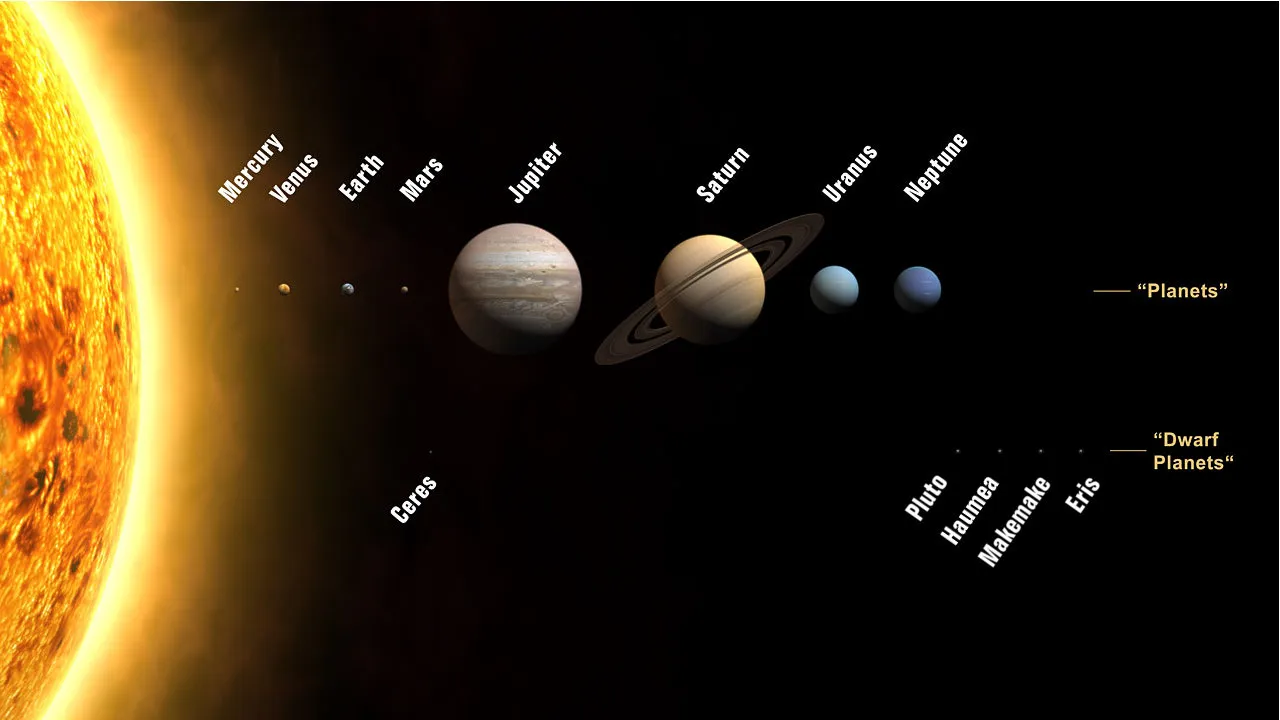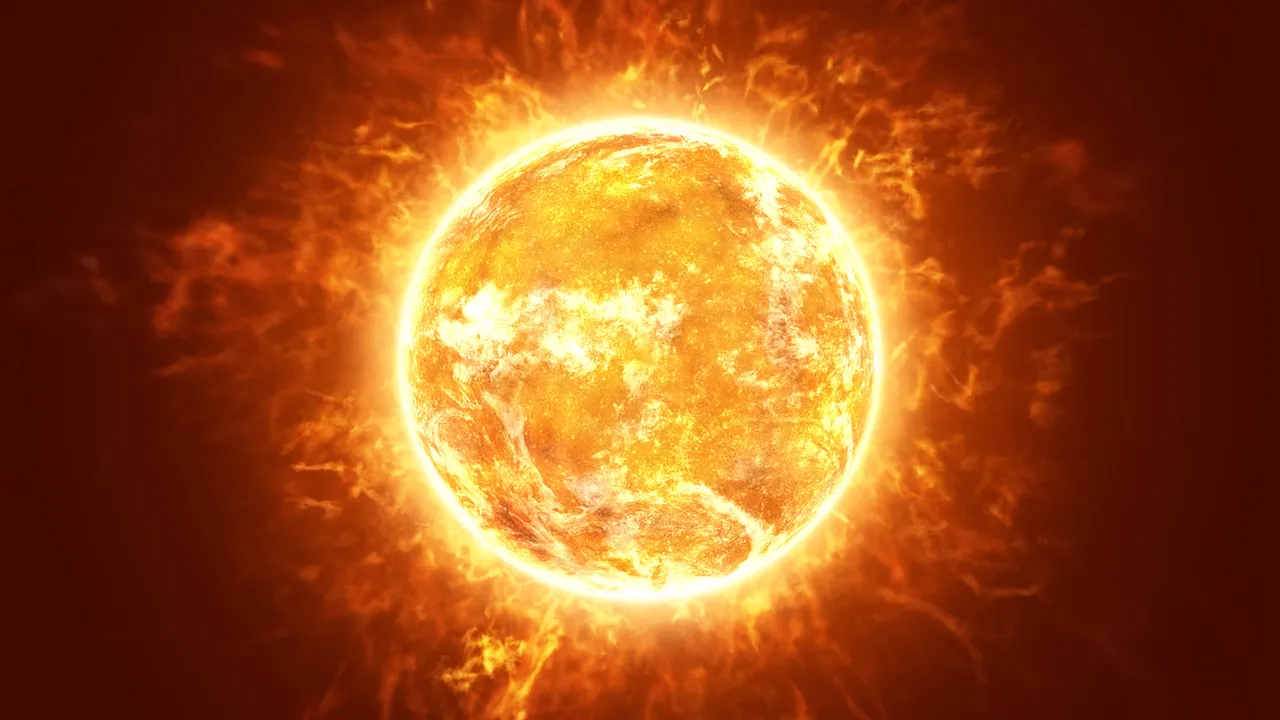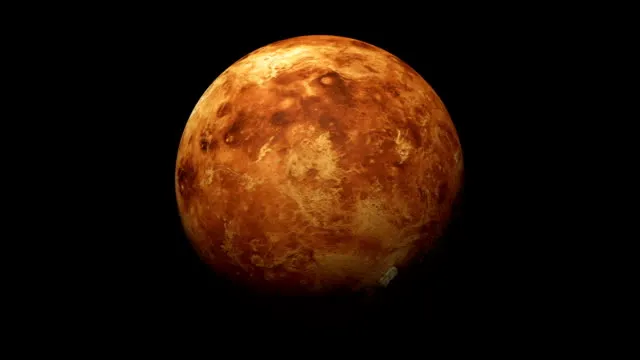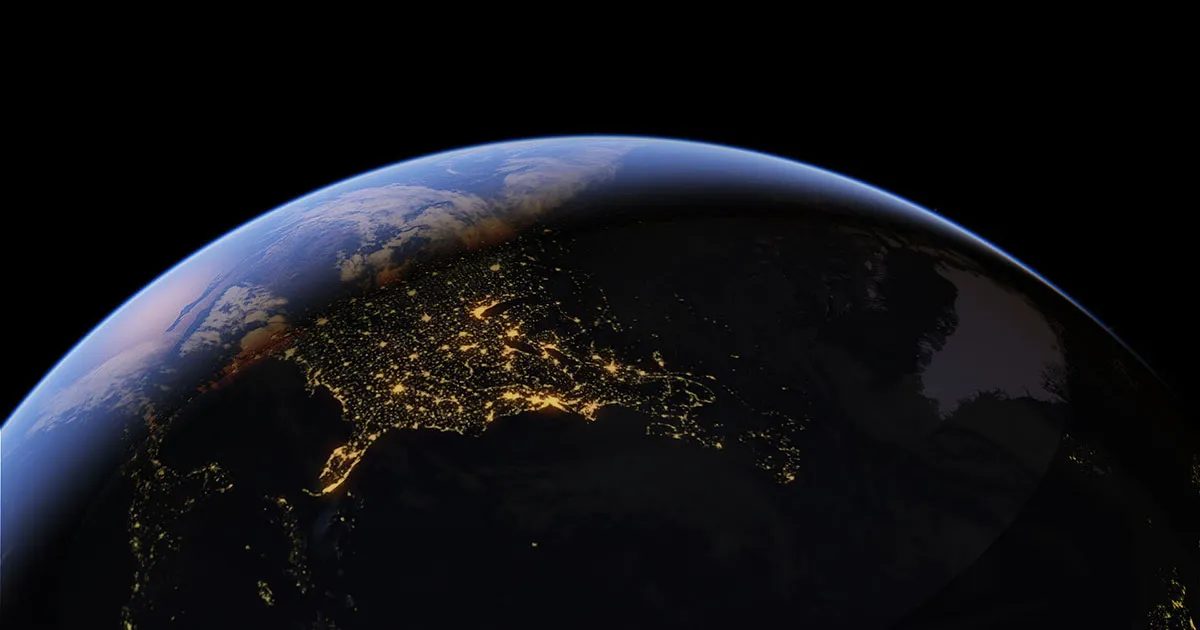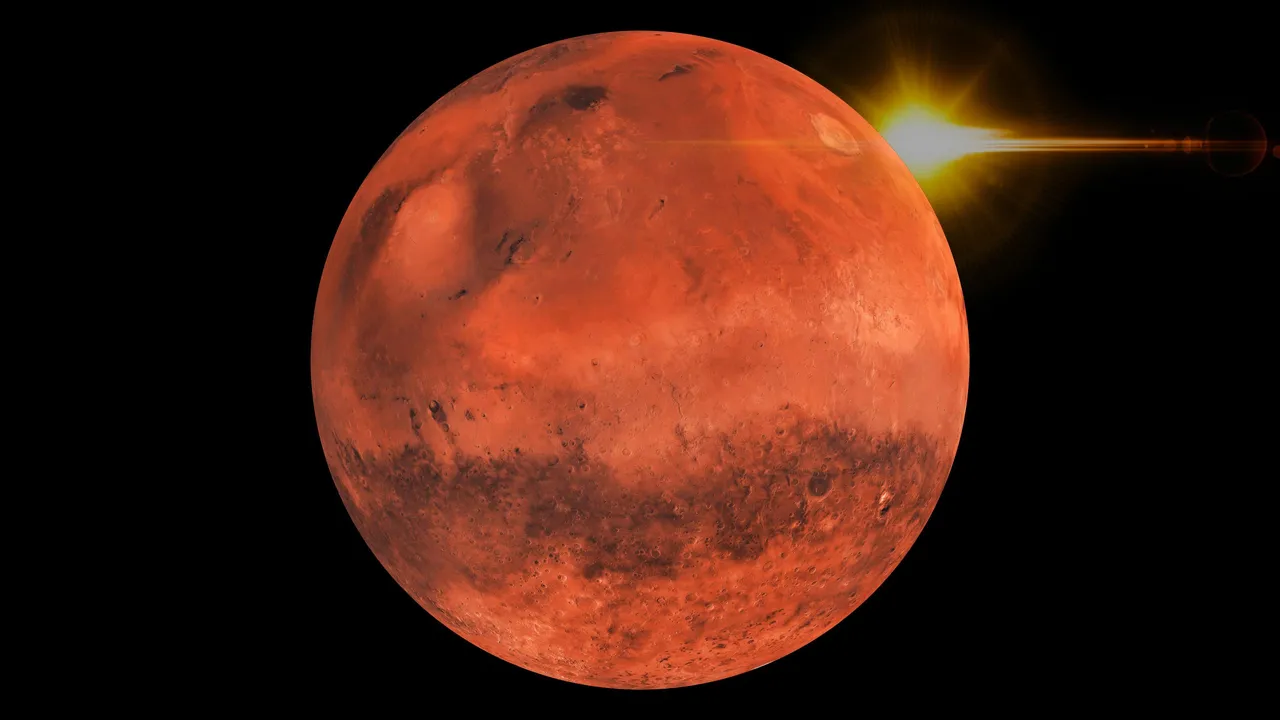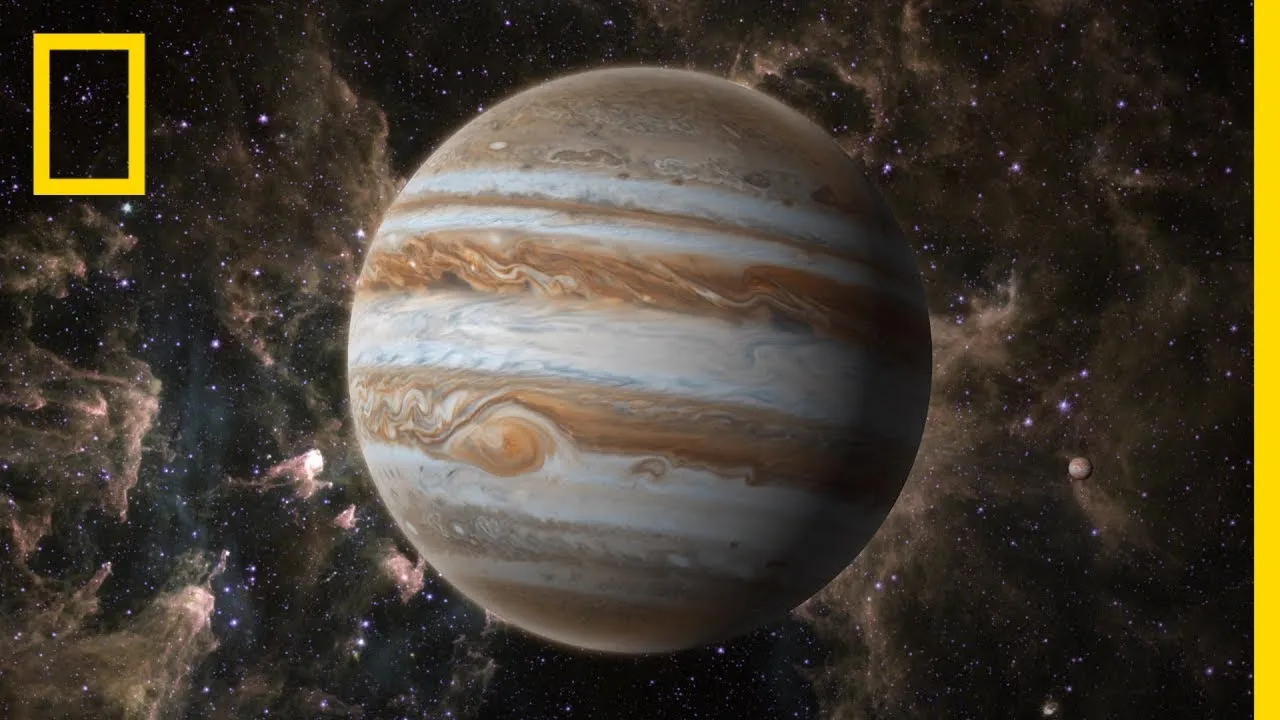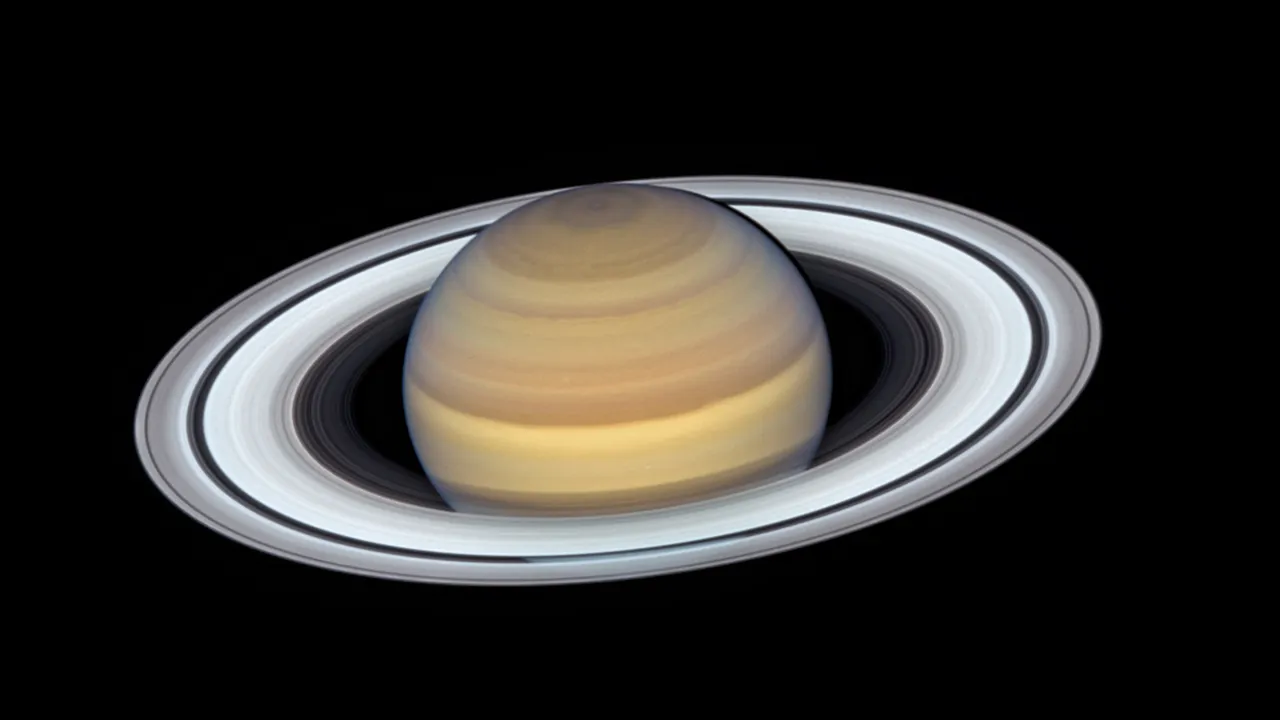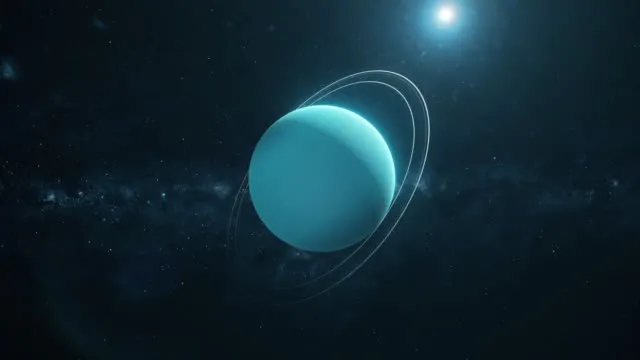The solar system
You all know more or less about the solar system. But not everyone has a clear idea of the nature of the motion of each planet, its number of rotations, their distance from the sun, the characteristics of the planets, and their satellites. In my today's post I will discuss these issues. I hope you like it.
The sun
The only star in the center of the solar system is the Sun. Eight planets and a total of 18 satellites orbit the sun. The planets in our solar system are Mercury, Venus, Earth, Mars, Jupiter, Saturn, Uranus and Neptune respectively. Our only star, the Sun, has a diameter of 13.92 million kilometers. The sun is 109 times bigger than our earth. The sun contains 84% hydrogen, 25% helium and 1% residue. As the sun gets so big, its gravitational force is much higher. This gravitational force causes the sun to orbit eight planets. The sun is moving at a speed of about eight hundred and twenty eight thousand kilometers per hour.
Mercury
The first planet in the solar system and the smallest planet in the solar system is Mercury. Mercury takes only 7 days to orbit the Sun once. Although this planet is closest to the Sun, it is not the hottest planet in the Solar System. The distance from the Sun to Mercury is 56.91 million kilometers. Mercury has no satellites. Mercury has a diameter of 489 km. The temperature of Mercury varies a lot. During the day where the temperature rises to 400 to 500 degrees Celsius. On the other hand, it can go below -175 degrees at night. This planet has no satellites of its own.
Venus
Venus is the second planet in terms of position. It is the second hottest planet in the solar system. Venus is the hottest planet because of its amount of carbon dioxide. Its carbon dioxide content is 98.5%. The sun keeps Venus so hot. The distance from the Sun to Venus is 106.56 million kilometers. It takes Venus 224 days to orbit the Sun once. But surprisingly, it takes more time to orbit the sun once than it does to orbit its own axis once, which is 243 days. This planet has no satellites of its own. The diameter of this planet is 12104 kilometers.
Earth
The third planet in the solar system and our habitat is Earth. Earth is the only planet in the solar system where life exists. The distance from the sun to the earth is about 150 million kilometers. It takes 365 days for the earth to orbit the sun once and 24 hours for the earth to orbit its own axis once. The earth's magnetic field is very strong because the earth's core contains metals like nickel and iron. The earth has only one satellite named the moon and the diameter of the earth is 12642 km. The Earth's atmosphere contains 6% nitrogen, 20.95% oxygen and 0.04% carbon dioxide and the rest is aqueous matter. The highest temperature on Earth was recorded at 59 degrees Celsius and the lowest was recorded at -69 degrees Celsius.
Mars
Mars is the fourth planet in the solar system. The distance from the Sun to Mars is 228.9 million kilometers. It takes 7 days for Mars to orbit the sun once. It takes 24 hours and 36 minutes to orbit its own axis once. The surface masses of Earth and Mars are about the same. The diameter of Mars is 69 kilometers. The highest mountain in the solar system is located on Mars. Famos and Dimos are two satellites of Mars. The atmosphere of Mars contains 98.80% carbon dioxide, 1.93% argon and 1.89% nitrogen. The maximum temperature of this planet is 35 degrees Celsius and the minimum temperature is -143 degrees Celsius.
Jupiter
The fifth planet in the solar system is Jupiter. It is the largest planet in our solar system and is made up entirely of gas hence it is called gas giant. Jupiter's distance from the Sun is 8.95 million kilometers. The diameter of this planet is 1 lakh 39 thousand 620 kilometers. It takes 12 years according to the time period of the earth to orbit the sun once. It takes 9 hours and 56 minutes to rotate its axis once. Its gravitational force is about two and a half times that of the earth and its sip field is much stronger. Jupiter has a total of 69 satellites.
Saturn
Saturn is the sixth planet in the solar system. And Saturn is the second largest planet in the solar system. It is a gas giant. It is made entirely of gas. The diameter of this planet is 1 lakh 20 thousand 538 kilometers. The distance from the Sun to Saturn is 1 lakh 49 billion kilometers. Once the Sun orbits Saturn, it takes 29 years according to Earth's time. It takes 10 hours and 42 minutes to orbit the lower axis once. The average temperature of this planet is -17 degrees Celsius. Saturn is in the first position in terms of number of satellites. This planet has 72 satellites. There are many beautiful and wide rings around this planet.
The planet Uranus
The seventh planet in our solar system is Uranus. The distance of the planet from the sun is 2.95 billion kilometers. The diameter of this planet is 50 thousand 624 kilometers. It takes 84 years according to the time of the earth to orbit the sun once. It takes 18 hours and 24 minutes to orbit its own axis once. The average temperature of this planet is 201 degrees Celsius. It is the coldest planet in our solar system. Uranus has a total of 28 satellites.
Neptune planet
The eighth of the solar system and the name of that planet is Neptune. The distance from the Sun to the planet Neptune is 4.46 billion kilometers. Neptune has a diameter of 49,244 kilometers. The planet takes 185 years to orbit the sun. It takes 18 hours and 6 minutes to rotate once on its own axis. The average height of Neptune is -200 degrees Celsius. Neptune has a total of 14 satellites.
Subject: Basic ideas about the solar system and those planets
Cc,
@bluemist
Sincere thanks to all the members of this community, thank you.
